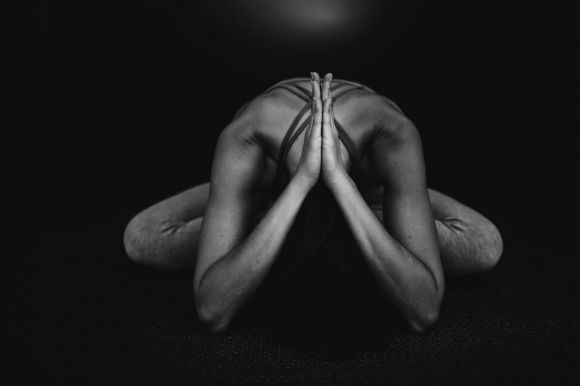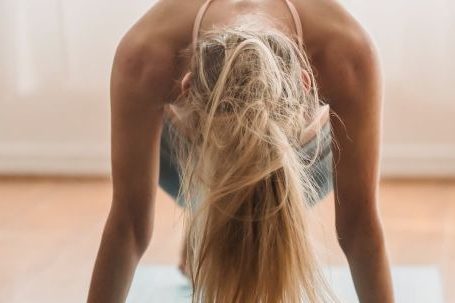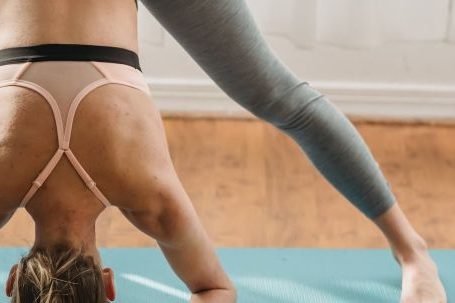Enhancing your yoga practice is not just about mastering challenging poses or increasing flexibility. It is also about cultivating a deeper connection between your mind, body, and breath. Breathwork, also known as pranayama, is a powerful tool that can take your yoga practice to the next level. By incorporating specific breathing techniques into your practice, you can enhance your focus, increase your energy levels, and promote relaxation. In this article, we will explore how to use breathwork to enhance your yoga practice.
The Importance of Breath in Yoga
Before delving into the different breathwork techniques, it is important to understand why breath is so crucial in yoga. In yoga philosophy, breath is considered the bridge between the mind and body. It is the life force that sustains us and connects us to the present moment. By becoming aware of our breath and consciously controlling it, we can influence our physical and mental state.
Deep Belly Breathing
One of the most fundamental breathwork techniques in yoga is deep belly breathing, also known as diaphragmatic breathing. This technique involves breathing deeply into your belly, allowing it to expand on the inhale, and then contracting it on the exhale. Deep belly breathing helps to activate the parasympathetic nervous system, promoting a state of relaxation and calmness. It also helps to increase lung capacity and oxygenate the body.
Ujjayi Breath
Ujjayi breath, also known as victorious breath, is a powerful breathing technique that can help to build heat and energy in your yoga practice. To practice Ujjayi breath, slightly constrict the back of your throat and breathe in and out through your nose. As you inhale, imagine that you are fogging up a mirror with your breath. This will create a soft hissing sound. On the exhale, continue to constrict the back of your throat, creating the same sound. Ujjayi breath helps to deepen your breath, regulate your body temperature, and focus your mind.
Alternate Nostril Breathing
Alternate nostril breathing, also known as Nadi Shodhana, is a balancing breathwork technique that can help to calm the mind and restore equilibrium to the body. To practice alternate nostril breathing, sit comfortably and use your right thumb to close your right nostril. Inhale deeply through your left nostril. Then, use your right ring finger to close your left nostril and exhale through your right nostril. Inhale through your right nostril, close it with your thumb, and exhale through your left nostril. Repeat this pattern for several rounds, focusing on the flow of breath and the sensation of air passing through each nostril.
Breath Retention
Breath retention, also known as breath holding, is a powerful technique that can help to build focus and concentration in your yoga practice. To practice breath retention, start by taking a deep inhale. Then, exhale fully and hold your breath for a few seconds before inhaling again. As you become more comfortable with breath retention, you can gradually increase the length of time you hold your breath. However, it is important to listen to your body and never push yourself to a point of discomfort.
Incorporating Breathwork into Your Yoga Practice
Now that you are familiar with some of the key breathwork techniques, it is time to incorporate them into your yoga practice. Start by setting an intention to focus on your breath throughout your practice. As you move through different poses, pay attention to the quality of your breath and make any necessary adjustments. Experiment with different breathwork techniques and see how they enhance your overall experience on the mat.
In conclusion, breathwork is an essential component of any yoga practice. By incorporating specific breathing techniques such as deep belly breathing, Ujjayi breath, alternate nostril breathing, and breath retention, you can enhance your focus, increase your energy levels, and promote relaxation. So take a deep breath, connect with your breath, and let it guide you on your yoga journey.





